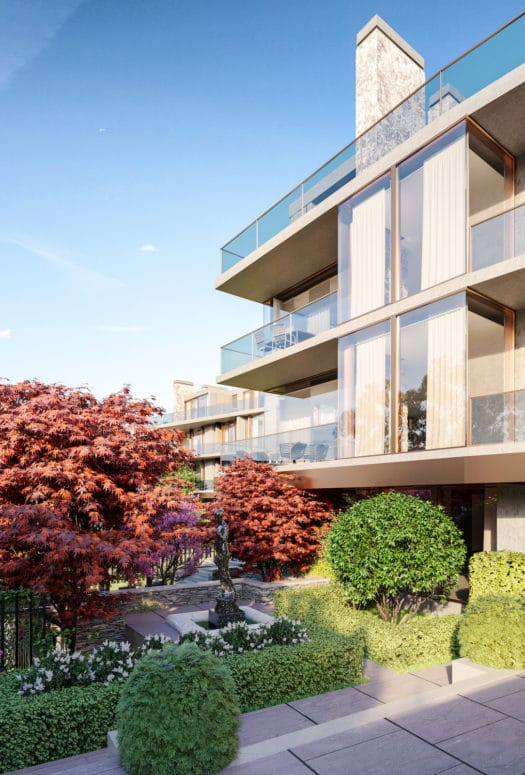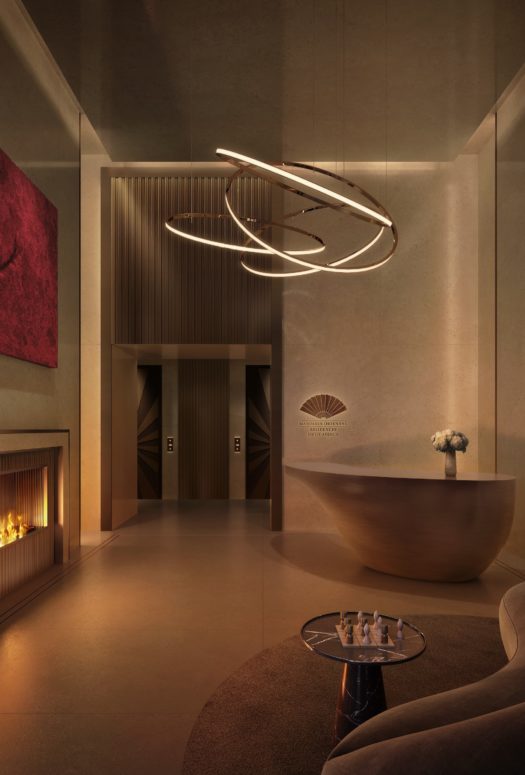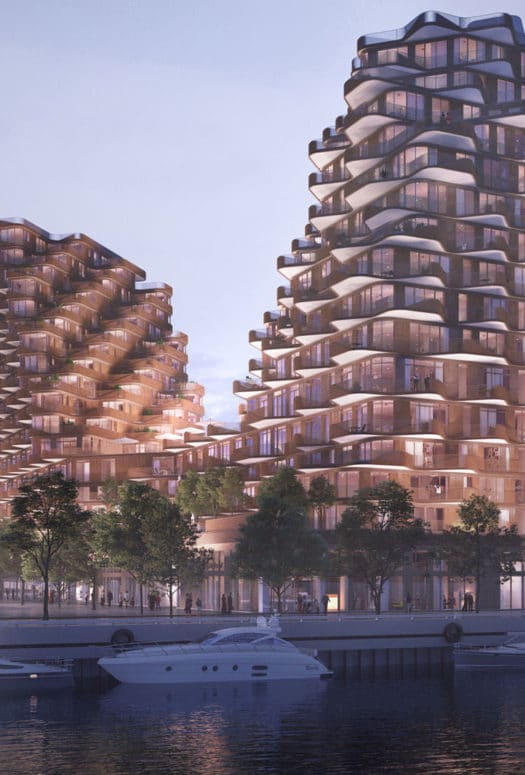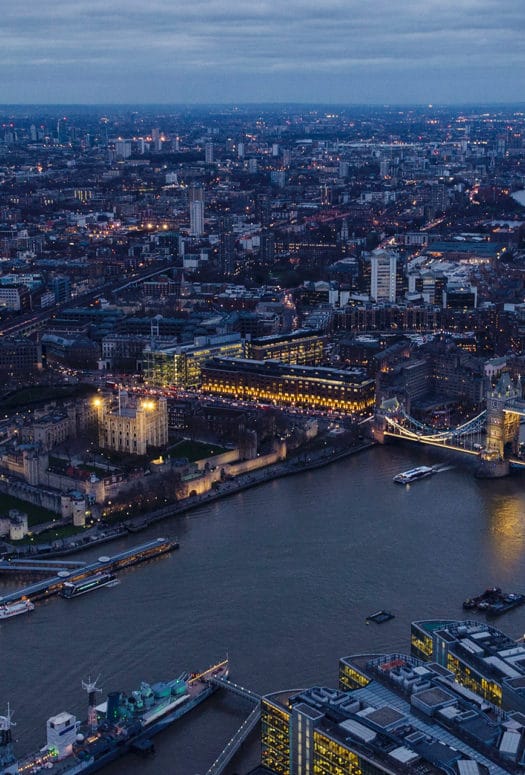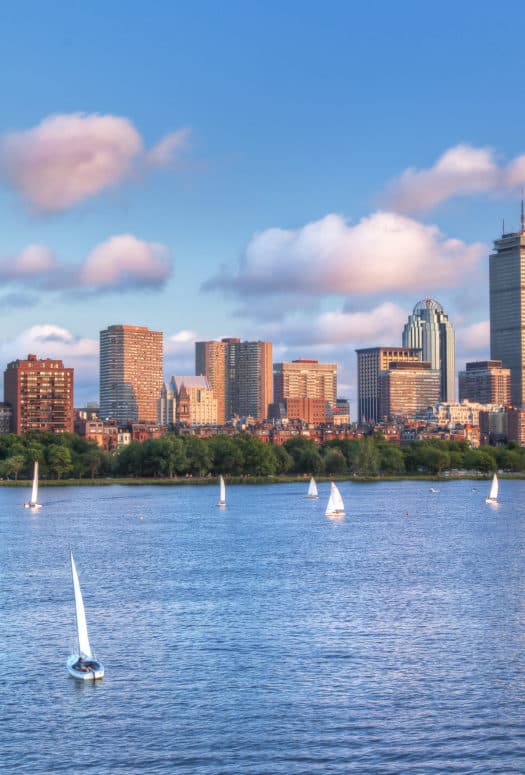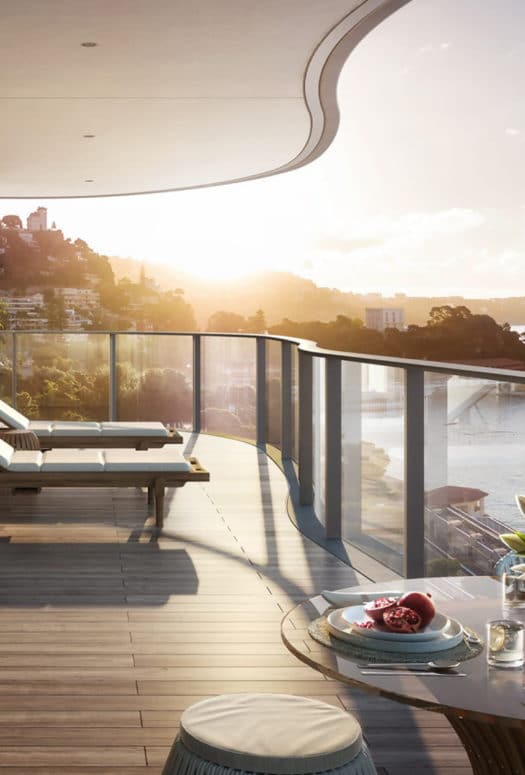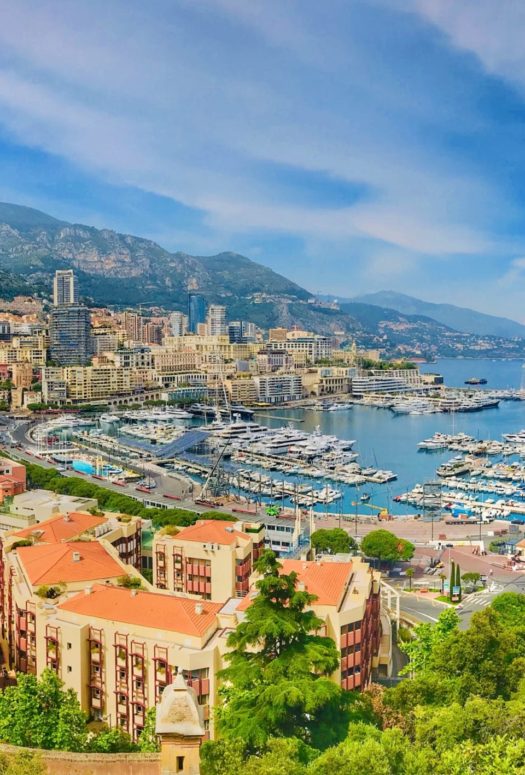Block & Lot: A Miami Design District Strip Where Art Is Around Every Corner
By: Erica Corsano
Welcome to Block & Lot, a series that takes an in-depth look at the blocks—the actual rectangles bounded by streets and avenues—that make up our cities. In this installment, we visit the Miami block bound by Northeast 40th and 41st streets and Northeast First and Second avenues.
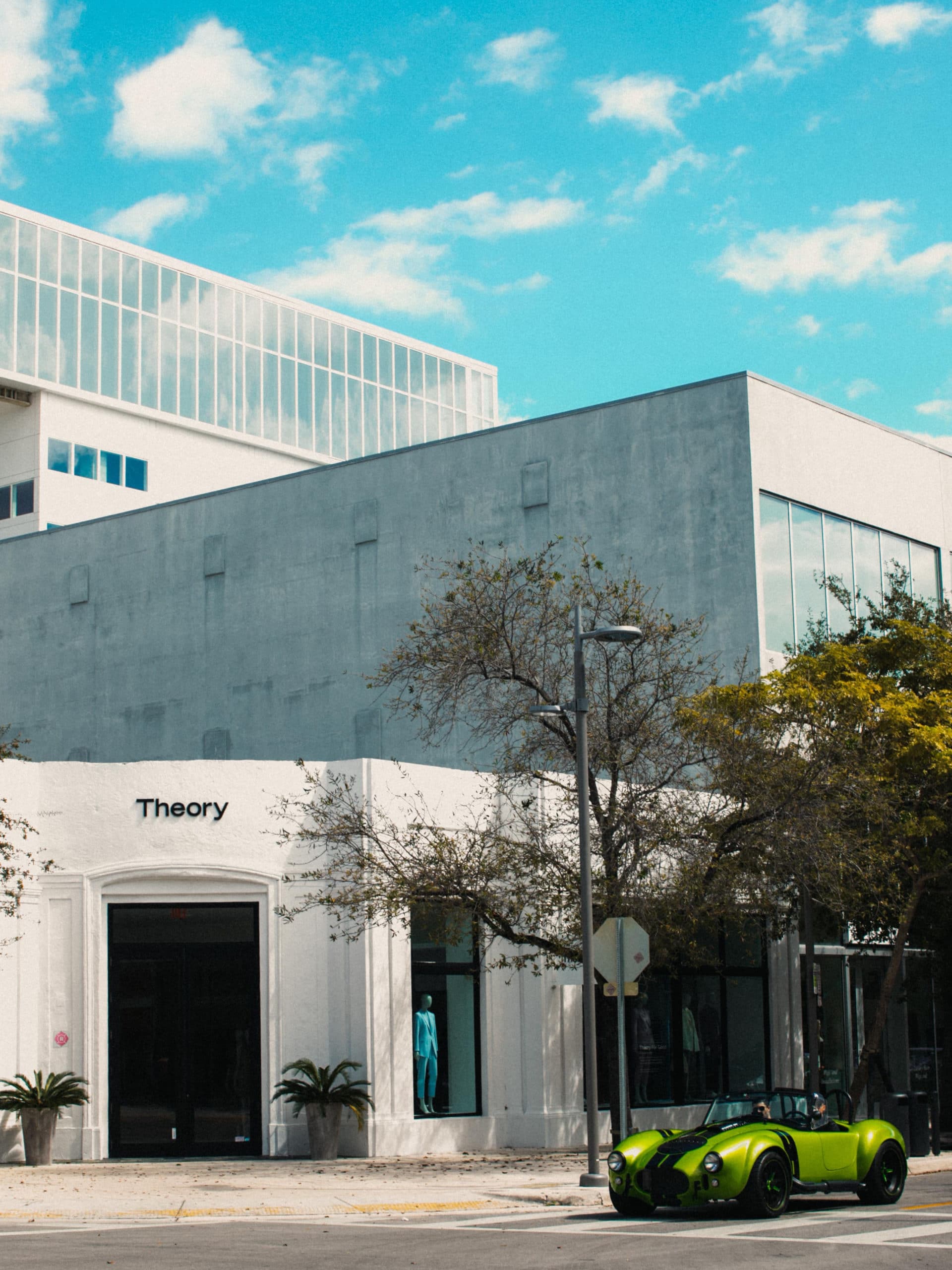 Photo Credit: Elle Arie / Unsplash
Photo Credit: Elle Arie / Unsplash
With its adventurous architecture and world-class shopping, it’s hard to believe that the patch of land housing the Miami Design District was once a pineapple farm. In fact, the first retail space to open in the area, in the 1920s, was a family furniture store owned by pineapple farmer T.V. Moore. The Moore Building, which is a hallmark of the neighborhood to this day, was one of the first stores dedicated solely to furniture in the United States, setting the stage for a district of many more firsts to follow. (Fun fact: The area is the first in the world to achieve LEED Gold status for Neighborhood Development, in 2021.)
From Destitute to Desirable
It is the block on which the historic Moore Building sits, between Northeast 40th and 41st streets and Northeast First and Second avenues, that best illustrates the neighborhood’s transformation from a section of Buena Vista, which was annexed to Miami in 1925, into the chic enclave it is today. Here, the Moore Building abuts the Miami flagship stores for world-renowned luxury fashion brands like Prada, Celine, Saint Laurent, and Balenciaga, and rubs shoulders with notable art installations.
But it wasn’t a straight shot to status for this block, or the neighborhood at large. The 1980s and 1990s brought disrepair and despair to the area. It wasn’t until design visionary Craig Robins—who had a hand in the preservation and reinvention of Miami Beach’s now bustling Art Deco Historic District—began developing the neighborhood in the early aughts that the major home design companies, fashion labels, and bustling restaurants that now define the district began popping up.
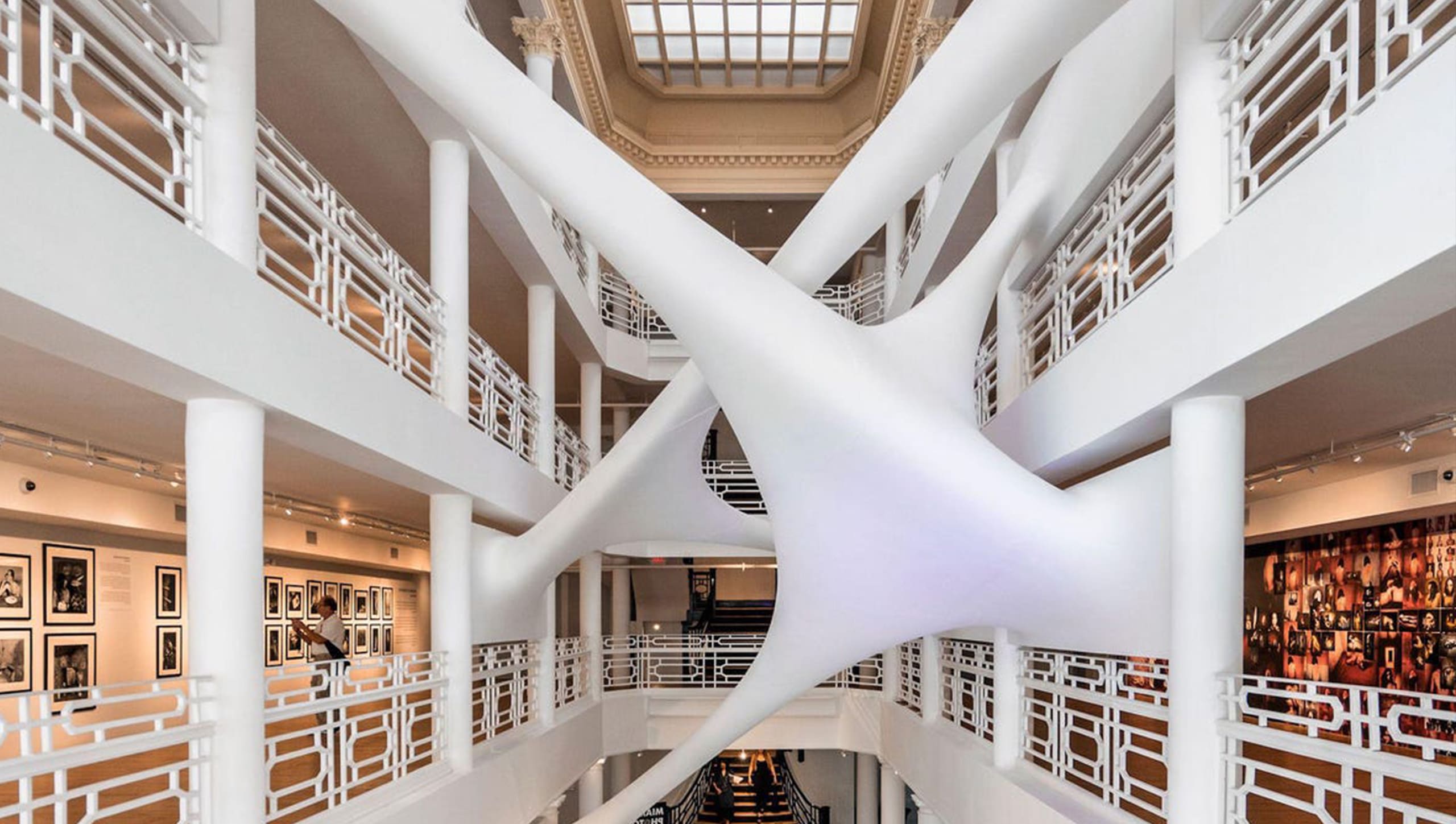 Elastika by Zaha Hadid at the Moore Building in Miami's Design District.
(Photo Credit: Miami Design)
Elastika by Zaha Hadid at the Moore Building in Miami's Design District.
(Photo Credit: Miami Design)
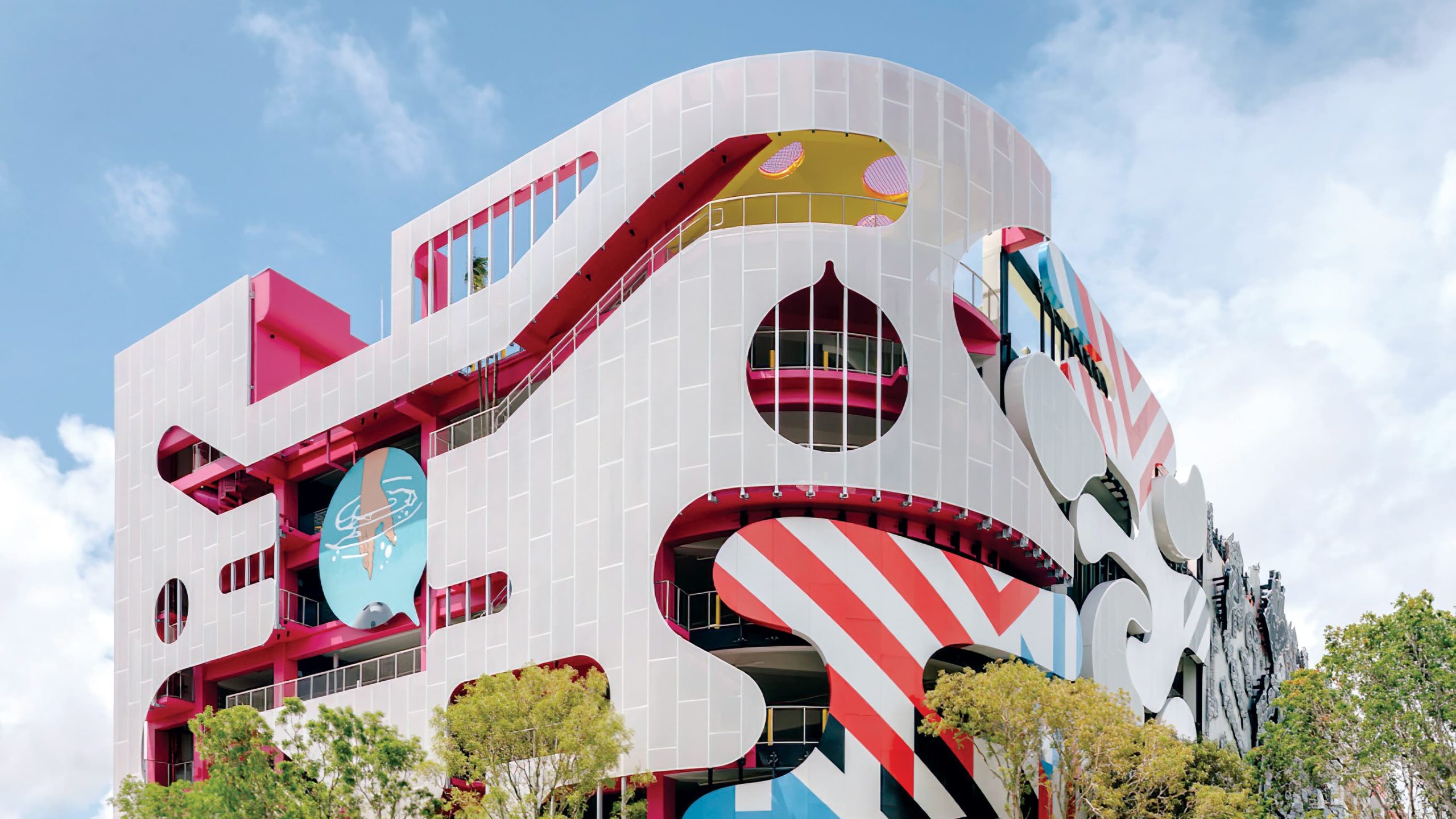 The Museum Garage in Miami's Design District.
(Photo Credit: Miami Design)
The Museum Garage in Miami's Design District.
(Photo Credit: Miami Design)
Art Abounds
The Design District attracts many high-society events like those surrounding Art Basel, thanks to the nearby Institute of Contemporary Art, Miami and a plethora of modern art installations and galleries. The former furniture store of T.V. Moore has an architecturally stunning four-story atrium that’s home to a permanent, site-specific installation by the architecture visionary Zaha Hadid. Called Elastika, the installation complements, and at the same time contradicts, the period in which the Moore Building was constructed.
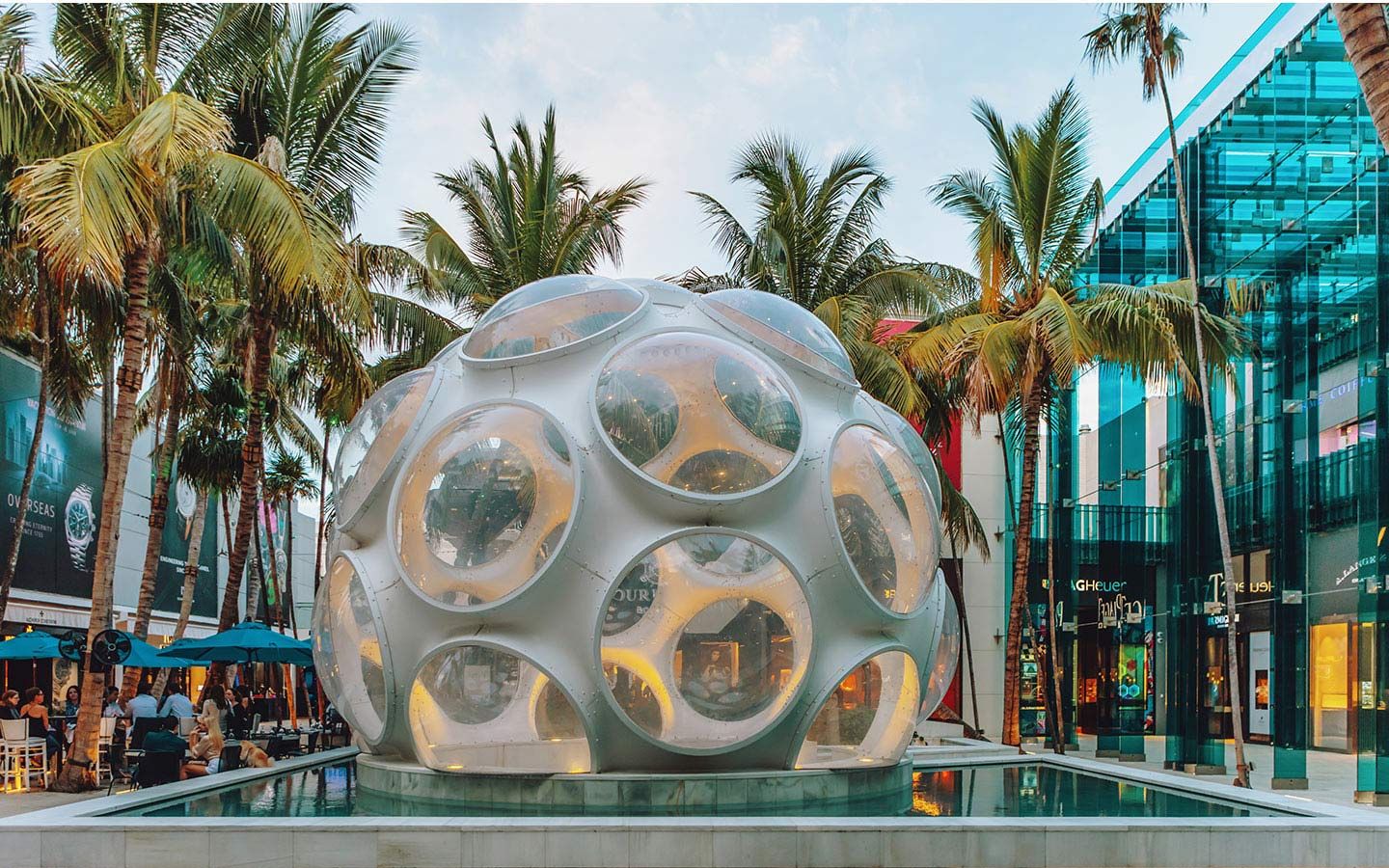 Photo Credit: GMCVB
Photo Credit: GMCVB
The block’s temporary and permanent installations by the likes of Virgil Abloh and Daniel Toole add to the area’s highly curated and ever-so-Instagrammable aesthetic. The most famous of the area’s installations, nestled in the neighboring block’s 7,000-square-foot Palm Court, is a prototype of architect and designer Buckminster Fuller’s Fly’s Eye Dome. (Think: Disney’s Epcot.) The court is also home to artist Sol LeWitt’s magnificent sculpture garden and a sea of hanging chairs by German industrial designer Konstantin Grcic. Significant architecture by Sou Fujimoto and Aranda/Lasch add to the court’s major design appeal.
Future Perfect
The Design District has also attracted a roster of big-name restaurateurs, including celebrity chef Michael Schwartz of Michael’s Genuine Food & Drink; music producer Pharrell Williams, who helped open Swan and Bar Bevy; and the legendary Joël Robuchon, who opened his namesake L’atelier in 2019.
The block on which the Moore Building sits is a perfect example of how far the neighborhood has come and where it’s heading. Here, a reverence for history meets a vision for the future. With its neighborhood LEED certification and embrace of culture, the Miami Design District has a thing or two to teach us about how to live a more thoughtful, richer life.


